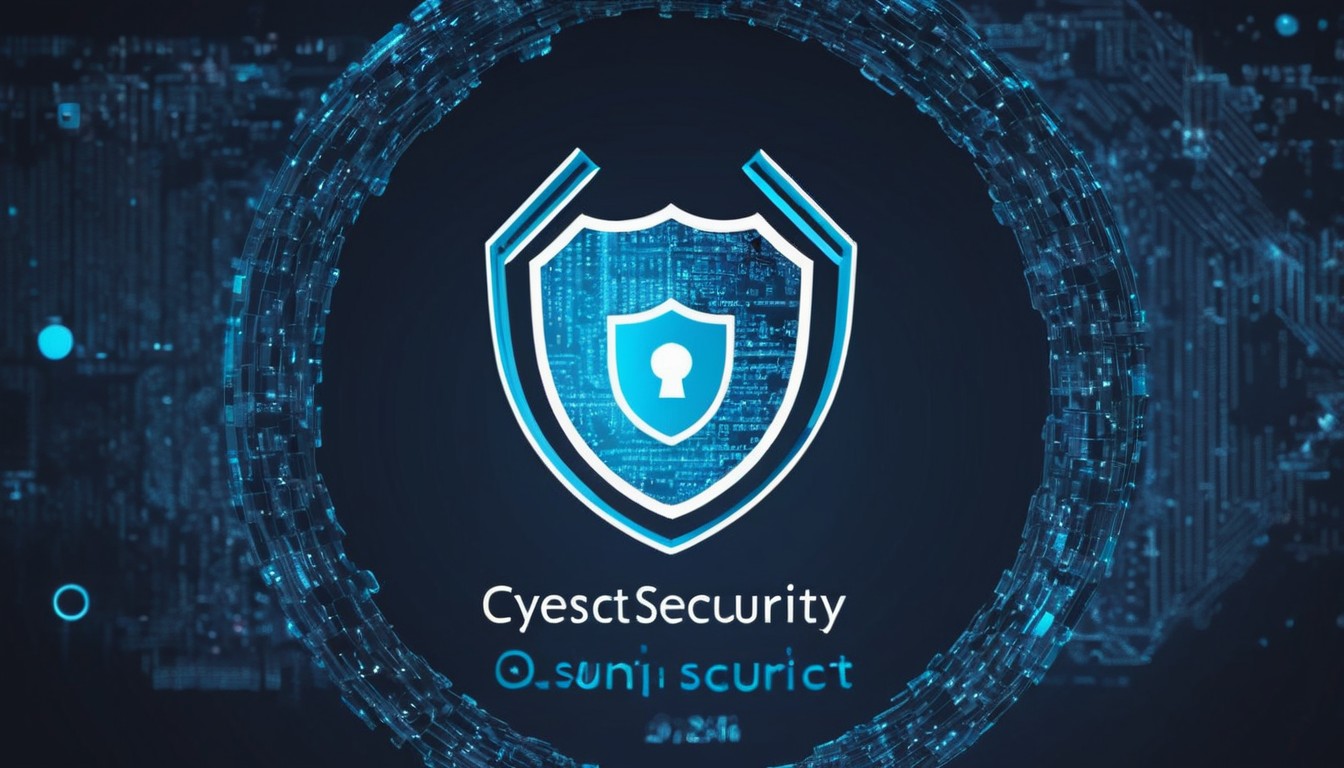The emergence of 5G technology is set to revolutionize connectivity, offering faster speeds and lower latency. However, this shift also brings new challenges for Security Operations Centers (SOCs), particularly in endpoint detection and response (EDR). SafeNet SOC, a leading cybersecurity company, recognizes the importance of understanding the impact of 5G on SOC operations. Let’s explore how 5G is shaping the future of EDR and how SOCs can adapt to these changes.
The 5G Revolution: Opportunities and Challenges
5G technology promises to deliver unprecedented levels of speed and connectivity, enabling a wide range of new applications and services. However, this increased connectivity also expands the attack surface, making endpoints more vulnerable to cyber threats. SOCs must adapt their EDR strategies to effectively protect against these evolving threats.
Impact of 5G on SOC Endpoint Detection and Response
- Increased Data Volume: 5G networks will generate vast amounts of data from endpoints, making it challenging for SOCs to effectively analyze and respond to security incidents. SafeNet SOC recommends implementing advanced analytics and machine learning algorithms to process this data efficiently.
- Reduced Latency: 5G’s lower latency enables real-time communication between endpoints and SOC systems. SafeNet SOC advises SOCs to leverage this reduced latency to improve the speed and effectiveness of their incident response processes.
- Diverse Endpoint Ecosystem: 5G will enable a more diverse range of endpoints, including IoT devices and connected vehicles. SafeNet SOC emphasizes the importance of securing these endpoints and recommends implementing endpoint security solutions tailored to their specific requirements.
- Dynamic Network Environments: 5G networks are more dynamic, with devices frequently connecting and disconnecting. SafeNet SOC advises SOCs to implement dynamic EDR strategies that can adapt to these changing network conditions.
Adapting SOC Strategies for 5G
- Enhanced Monitoring Capabilities: SOCs must enhance their monitoring capabilities to effectively detect and respond to threats in 5G environments. SafeNet SOC recommends deploying advanced EDR solutions that can handle the increased data volume and diversity of endpoints.
- Improved Incident Response: SOCs should focus on improving their incident response processes to mitigate the risks associated with 5G. SafeNet SOC advises implementing automation and orchestration tools to streamline incident response and reduce response times.
- Collaboration and Integration: SOCs should collaborate closely with network and endpoint teams to ensure a holistic approach to security in 5G environments. SafeNet SOC recommends integrating security tools and technologies to enhance visibility and coordination across teams.
The advent of 5G technology presents both opportunities and challenges for SOC endpoint detection and response. SafeNet SOC emphasizes the importance of adapting SOC strategies to effectively protect against the evolving threats in 5G environments. By enhancing monitoring capabilities, improving incident response processes, and fostering collaboration, SOCs can navigate the impact of 5G and ensure the security of their endpoints.
Stay ahead of the curve with SafeNet SOC’s cutting-edge cybersecurity solutions.





